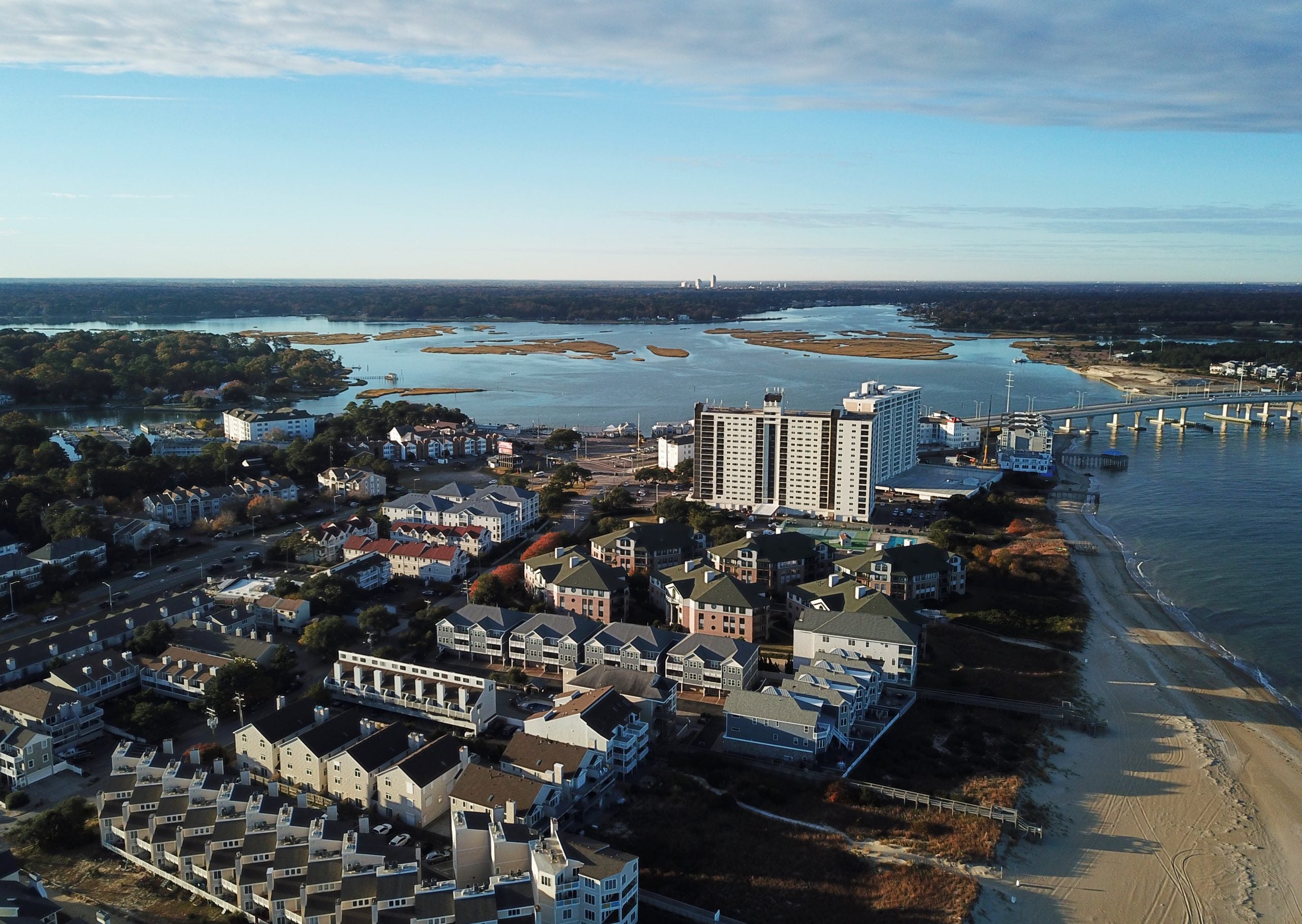Virginia Beach, the most populous city in the commonwealth with 38 miles of shoreline, faces increasing flood risk due to rising sea levels and more intense storms. Recurrent flooding hurts critical sectors including the military and tourism, both major contributors to the local economy.
Fortunately, Virginia Beach voters took an important step to reduce flood risk in their community by passing a historic $567.5 million flood mitigation bond last month. This funding will not only reduce the city’s flood risk — it will also boost the economy and create thousands of jobs.
As other cities across the country grapple with how to pay for the increasing costs of flood protection projects, here are four ways this bond serves as a model for success.
1. The bond expedites desperately needed flood resilience projects.
Urgent action is needed now to protect Virginia Beach communities and businesses. The city has already taken steps to identify and begin addressing its flood risk in its comprehensive plan, which identified $1.3 billion in flood mitigation and resilience funding needs for the next 15 years. But with current funding levels, the plan would take 40 years to complete.
The recently passed bond will allow Virginia Beach to accelerate 21 flood mitigation projects across six major areas of the city by 2031. The city will reinvest any remaining funds in additional flood resilience projects.
The city’s Sea Level Wise study estimates that the cost of inaction by the 2070s could reach nearly $330 million annually.
2. These investments will create economic growth at a minimal cost to homeowners.
A recent Old Dominion University report estimated that accelerating construction of all flood mitigation projects in the next 10 years will generate almost $450 million in economic output and create nearly 4,000 new jobs for Virginia Beach. And every dollar invested in these flood mitigation projects will save up to $20 in avoided flood damages and economic impacts.
The bond will be paid for by increasing the real estate tax by 4.3 cents per $100 of assessed house value, costing the median homeowner approximately $115 per year — a small price to pay for investing in long-term resilience, especially relative to the cost of inaction. 
3. The bond will fund natural infrastructure to build flood resilience.
The proposed projects include a variety of drainage improvement projects for critical infrastructure — including culverts, road elevations and drainage pumps — as well as natural infrastructure like marsh restoration and converting golf course greenways and other open areas for water retention during floods. Natural infrastructure reduces flood risk while also improving quality of life, creating jobs and providing a cleaner, safer environment for people and wildlife.
While there are some natural infrastructure projects included in the bond proposal, more should be included in conjunction with traditional gray infrastructure to maximize benefits over time. When surveyed, Virginia Beach residents overwhelmingly supported using natural infrastructure and nature-based solutions to mitigate flood risk.
4. A mix of funding sources provides greater stability.
In addition to this bond, Virginia Beach recently received a $3 million grant for wetland and floodplain restoration from the state’s Community Flood Preparedness Fund, which collects revenue from Virginia’s participation in the Regional Greenhouse Gas Initiative.
The city is wisely funding flood resilience from a variety of federal, state and local sources to meet the demands of flooding today and in the future. These and other funding mechanisms, including environmental impact bonds and state revolving loan funds, get projects built quickly while also supporting environmental and community co-benefits.
Virginia Beach’s flood bond will reduce community-wide flood risk and keep Virginia Beach open for business. It is another tool in the funding toolbox for policymakers to consider as they implement large infrastructure projects that reduce flood risk and build resilience to sea level rise and more extreme storms caused by climate change.









